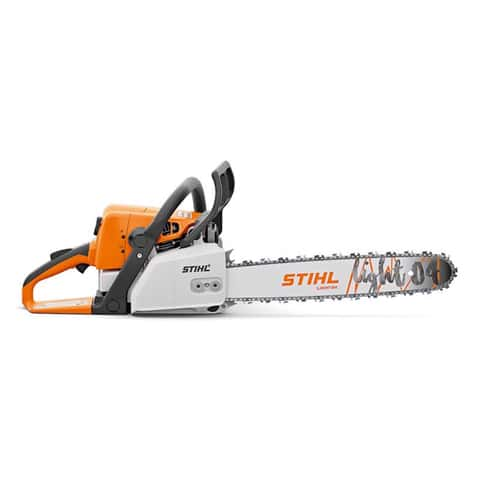Chiropractic care offers a natural and non-invasive approach to health that helps individuals feel better and move more freely by focusing on the alignment and function of the spine and nervous system. When the spine is properly aligned, the body can perform at its best, allowing nerves to communicate effectively with muscles, organs, and tissues. Many people seek chiropractic treatment for relief from pain, stiffness, and discomfort that stems from issues like poor posture, injuries, or repetitive strain. However, the benefits go far beyond temporary relief. With regular sessions, patients often experience improvements in their overall mobility, energy levels, and quality of life. Misalignments in the spine, known as subluxations, can cause a ripple effect throughout the body. They may lead to tension, muscle tightness, reduced flexibility, and even organ dysfunction. Chiropractors use gentle, hands-on adjustments to correct these imbalances and restore normal movement patterns.
Many people report feeling lighter, more balanced, and more flexible after just a few sessions, with ongoing care leading to sustained improvement. These adjustments are typically precise and safe, tailored to each individual’s needs and condition. In addition to spinal adjustments, chiropractic care often includes complementary therapies like stretching, exercise guidance, posture correction, and lifestyle recommendations. This holistic approach empowers patients to take an active role in their health and well-being. Whether someone is dealing with chronic back pain, neck stiffness, migraines, or recovering from an injury, chiropractic techniques can support faster recovery and help prevent future issues. Over time, regular chiropractic visits can help the body maintain a state of balance and resilience, improving performance in daily activities and sports. Another important aspect of chiropractic care is its role in stress reduction. When the nervous system is functioning properly, the body is better equipped to handle physical and emotional stress.
Tension that builds up in the muscles and joints often reflects deeper imbalances in the nervous system, and chiropractic adjustments can help release that tension. This contributes to a sense of calm, better sleep, improved concentration, and enhanced overall mood. For people with demanding jobs, busy lifestyles, or high levels of stress, these benefits can be life-changing. Ultimately, chiropractic near petaling jaya care is about more than just treating symptoms it is about supporting the body’s natural ability to heal and thrive. By restoring proper spinal alignment and enhancing nervous system function, chiropractic treatments help unlocks the body’s potential for optimal movement and vitality. Whether seeking relief from pain, improving posture, increasing mobility, or simply wanting to feel healthier and more energized, chiropractic care offers a gentle, effective path forward. It is a proactive choice for anyone looking to feel better and move through life with greater ease and comfort.


















